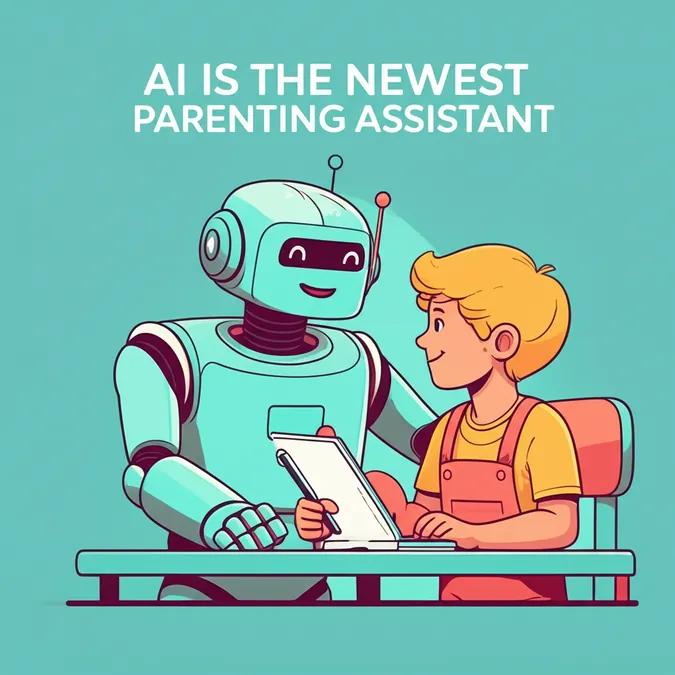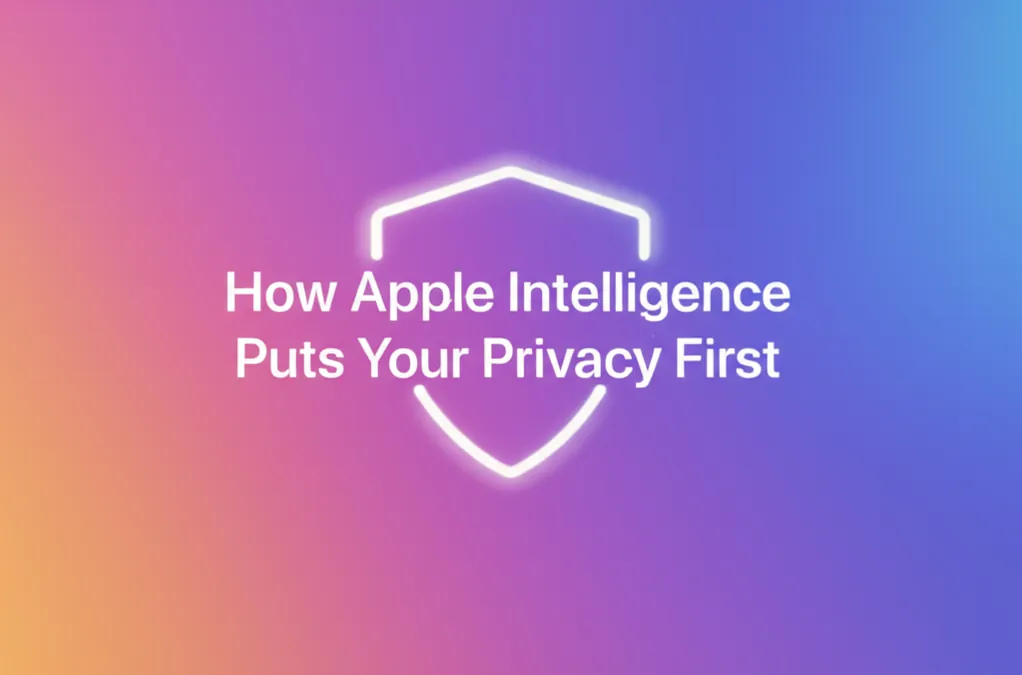Developer Offer
Try ImaginePro API with 50 Free Credits
Build and ship AI-powered visuals with Midjourney, Flux, and more — free credits refresh every month.
Grok vs ChatGPT A Deep Dive Comparison
The race to create the ultimate AI chatbot is more intense than ever. While OpenAI's ChatGPT has long been the frontrunner, competitors like Google's Gemini and Meta's Llama are closing the gap. The arena became even more crowded with the arrival of Grok, developed by Elon Musk's xAI. Musk has boldly called the latest version, Grok-4, "the smartest AI in the world," fueling the hype just as speculation about OpenAI's next-generation GPT-5 model reaches a fever pitch.
Fundamentally, Grok and ChatGPT are both AI chatbots designed to converse, answer questions, solve complex problems, conduct research, and even generate images. However, their core differences lie in their underlying architecture, the data they were trained on, and their unique capabilities.
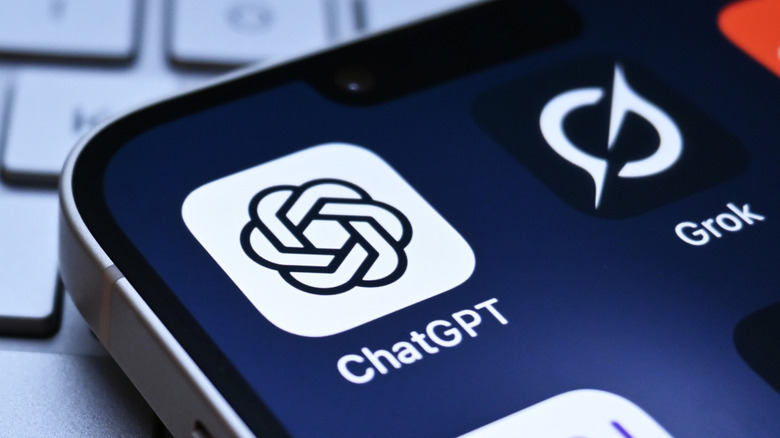
Accessing them also presents different experiences. Grok is available through the X platform, its website, and a standalone app. ChatGPT offers similar access points but is also integrated into Apple's Siri. A key advantage for ChatGPT is its platform for creating custom AI agents, or GPTs, and its technology powers a wide array of Microsoft Copilot features in Windows and Office.
Core Architecture and Training Data
The foundational models of these two AI giants were built on different principles. ChatGPT, developed by OpenAI, was primarily trained on a massive dataset of public information from the internet, along with licensed material and user-generated content. OpenAI uses a technique called Reinforcement Learning from Human Feedback (RLHF) to refine its models. The latest version, GPT-4, can process both text and images but is still known to occasionally produce errors or "hallucinate" facts.
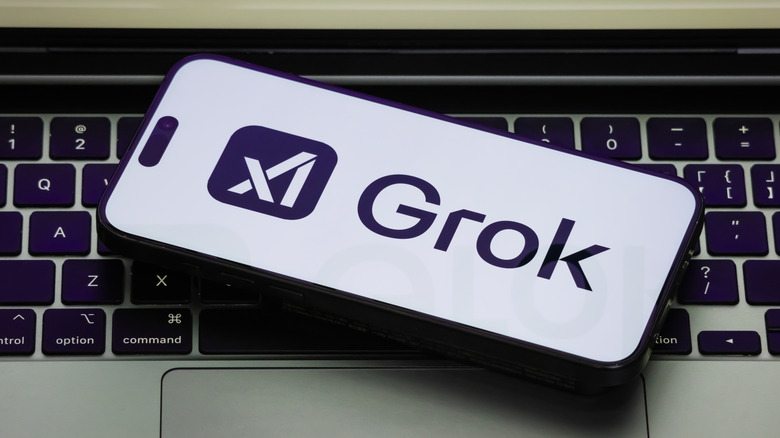
xAI's Grok is described as a family of Large Language Models (LLMs), with the most powerful version being Grok-4 Heavy. It was trained on public web data as well as user content from the X platform. The biggest architectural difference is that Grok began as a Mixture-of-Experts (MoE) model. This design uses a collection of smaller, specialized "expert" networks that each focus on a specific task. As the models evolved, xAI also incorporated reinforcement learning to boost performance.
Comparing Features and Capabilities
Both Grok and ChatGPT are multimodal, capable of handling text, voice, and image inputs while offering tools for coding and web searches. A significant distinction is Grok's heavy reliance on real-time conversations from X for its information, whereas ChatGPT's search pulls from the broader open web and information from partners. At their core, both can hold conversations, create images from prompts, and perform deep research queries.
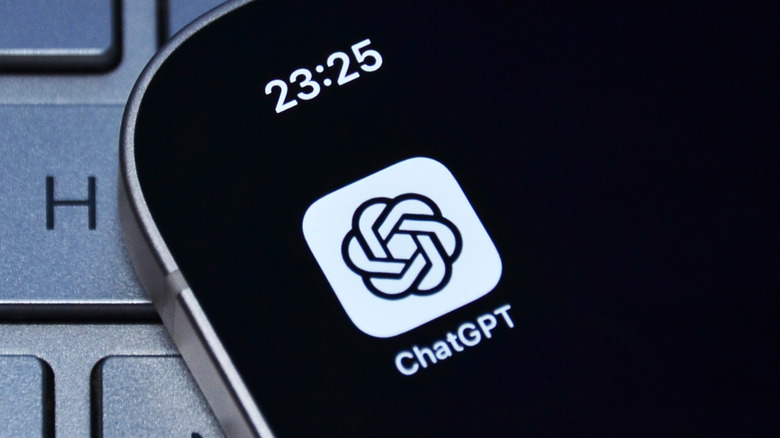
However, ChatGPT currently leads in terms of user-facing features and its broader ecosystem. Users can create custom GPTs for specific tasks without any coding knowledge and browse a dedicated GPT store. Furthermore, ChatGPT supports a system of plug-ins that allows it to integrate with third-party services for tasks like booking tickets or managing emails.
Access, Pricing, and Integration
While both chatbots offer APIs for developers, ChatGPT's technology is far more integrated across the tech landscape, powering everything from Microsoft Copilot to Apple Intelligence and countless other applications. Grok has yet to achieve this level of mainstream adoption.
Both services are available for free, but access to their most advanced models and features requires a paid subscription. A ChatGPT Plus subscription starts at $20 per month. Grok's access is tied to X subscriptions; while free users can use it, usage limits are increased for Premium subscribers ($8/month) and the most powerful Grok-4 model is exclusively available to Premium+ users ($40/month).
Compare Plans & Pricing
Find the plan that matches your workload and unlock full access to ImaginePro.
| Plan | Price | Highlights |
|---|---|---|
| Standard | $8 / month |
|
| Premium | $20 / month |
|
Need custom terms? Talk to us to tailor credits, rate limits, or deployment options.
View All Pricing Details